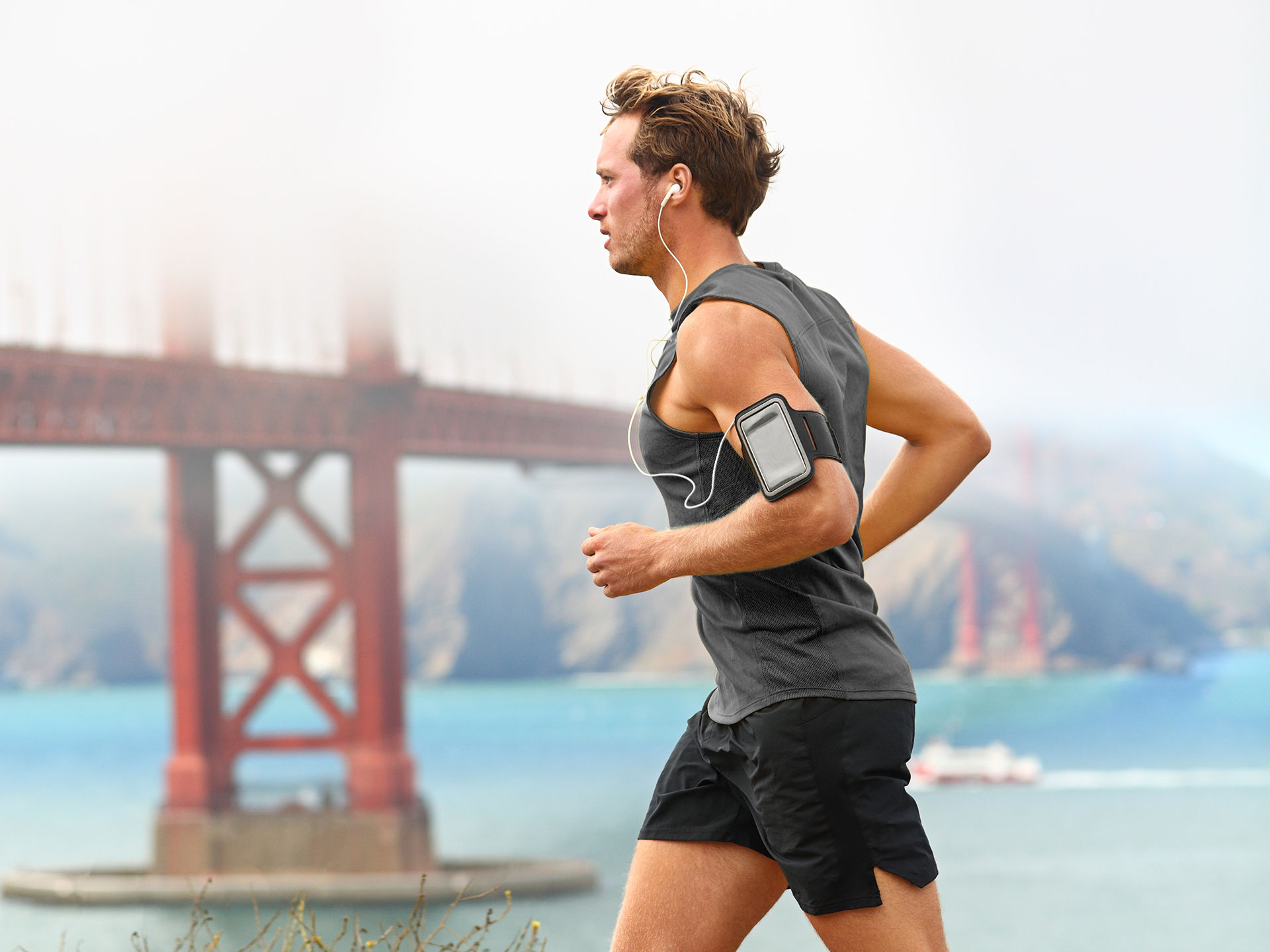Welcome to the CONNECT Swing Clinic! This three-part blog series is designed to give you a way to tune up problem areas of your swing so that you can be ready as soon as golf courses reopen in Ontario!

We know that the golf swing is a perfect balance of mobility and power, and when those two things aren't in alignment it can wreak havoc on your game and even lead to injuries over time. It's not often that we see an injured golfer without them having a loss of mobility. Typically, if we see a golfer with a shoulder, elbow, or wrist injury we have to look at their thoracic (or ribcage) rotation, and when we see a golfer with a back or knee injury we have to look at their hip movement. That just goes to show that rarely is the site of pain actually the same as the source of it.
If you're looking for a little more consistency in your swing, managing injuries, or just looking to get rid of the occasional hitch, this series is for you!
Today, we're talking about how golf is all in the hips!
Humour me, and let me help you understand the language we use to talk about the hip by understanding the directions it can move. If you were standing with your toes pointed forwards, and you turned your toes outwards, this would be called external rotation (duck footed), and if you turned your toes inwards, that would be called internal rotation (pigeon toed). Moving the foot forward would be hip flexion, and backwards would be hip extension (like the action of kicking a ball). Moving your feet closer together would be hip adduction, and moving them farther apart is abduction (like performing a jumping jack). So we have a total of six directions the hip can move (and really any combination of the six) - which makes it a highly mobile joint!
The most important ranges for your swing are internal and external rotation because that is what allows you to coil completely in your backswing, and close to the target fully on your fore-swing.
In the backswing, both feet are planted and the weight is shifted towards the back foot. In a right-handed golfer, the pelvis rotates clockwise (towards the back foot) which means that the lead hip is in external rotation, and the trail hip is in internal rotation. If this is hard to visualize, you can take a look at the sequence below, or you can stand up and slowly go through the motion yourself to feel it.

If you've got incomplete lead hip external rotation or trail hip internal rotation, you will need to rely even more heavily on your ribs/shoulders to rotate, or you will have to shorten your backswing.
In the fore-swing and follow-through weight is shifted onto the lead leg, the hips rotate through, followed by the shoulders until the pelvis ultimately faces the target on follow-through. By that point, the lead hip is now in full internal rotation, and the trail hip is in extension.

Here are three stretches and one easy drill that you can use to increase your hip mobility in time to use it during your next round! If you'd like to watch the full follow-along video or download a printable version of these exercises, scroll down to the very bottom of this blog!
If your hips need a tune-up before golf season begins, check out some more information on our CONNECT Golf Team!
Elevated Pigeon Stretch
Bring your leg up onto a raised surface, we use boxes at CONNECT, but a chair or the arm of a couch works well at home. The goal is to keep your shin parallel to the elevated surface you're using, or perpendicular to your body. Hop your other leg back. You should feel stretch in the back of your hip. To increase the stretch you can lean forwards, or drop your weight down.
Couch Stretch
Start with your knee ~6 inches from the corner where the wall meets the floor, place that knee on a pad. Bring your other leg forward into a 1/2 lunge. Squeeze your glute on the back leg to feel stretch in the front of that hip.
90/90 Active Hip
Sit on the floor with your legs at 90dg to one another. Turn one hip inwards, bringing your foot behind you, turn the other hip outwards, bringing your foot in front of you. Actively drive your legs down into the floor. Switch sides.
Hip Internal Rotation Control Drill
Stand on a mat or other sticky surface, or put on shoes. Stand in your golf stance, then turn your lead foot inwards (pigeon toe). From there, go through your backswing, and slowly progress through your foreswing, focusing on rotating the pelvis towards the target. The toes turned in accentuates the hip internal rotation needed in the lead leg, making it easier to do once you pick up a club.
Would you rather follow along? Check out the whole video here:

Clare Donaldson is a Registered Physiotherapist, new mom, Crossfit enthusiast, poor but passionate hockey player, and genuine lover of all things physiotherapy. She is especially interested in keeping moms of all ages strong and healthy throughout their lives. When she's not at CONNECT, you can find Clare hiking with her dog, Moose, or spending time with her young family. To find Clare at CONNECT, click here


Comments